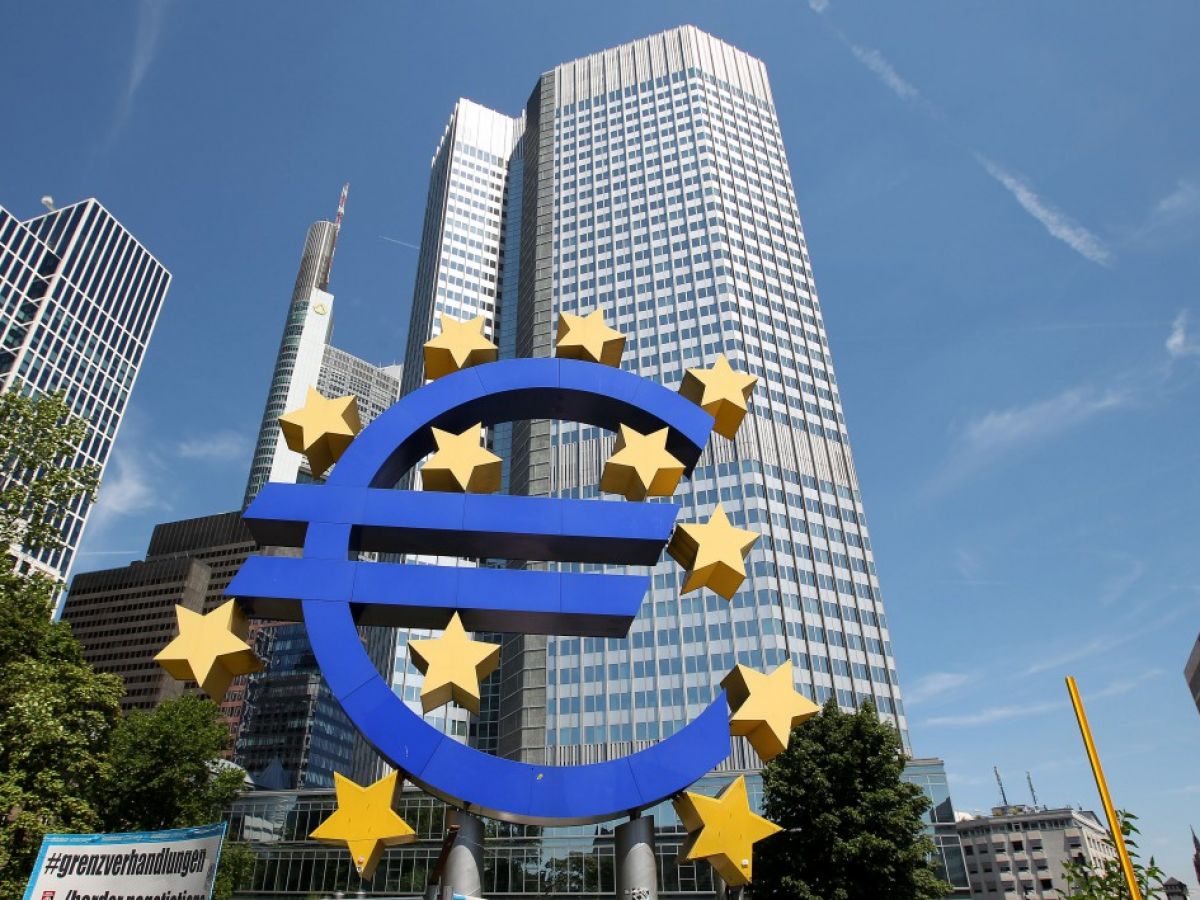As the European Central Bank lays the groundwork for launching a digital euro by 2029, Morocco faces an increasingly urgent question: how should it position itself in response to this sweeping shift in global monetary systems? With the European Union as Morocco’s largest economic partner, accounting for nearly 60% of its exports and a substantial share of its imports, this evolution is far more than a technological footnote—it signals a profound transformation that could reshape trade flows, financial standards, and digital sovereignty across borders.
The introduction of a digital euro isn’t just about replacing coins with code. It could fundamentally alter the rules of cross-border transactions—impacting billing practices, interbank settlement systems, compliance protocols, and financial traceability expectations. If Moroccan businesses fail to anticipate these shifts, they risk falling behind their European counterparts in terms of transaction efficiency and competitiveness.
From a monetary perspective, Morocco’s current strategy centers on the gradual liberalization of its currency, the dirham, which is pegged to a basket heavily weighted toward the euro. The rise of a digital euro could complicate this framework. It may affect how foreign exchange reserves are managed, influence currency policy, and create new macroeconomic pressures. Widespread digital euro usage in trade, for instance, would require Morocco’s central bank—Bank Al-Maghrib—to overhaul its regulatory systems and upgrade its digital oversight tools.
At the heart of this issue lies digital sovereignty. With a digital euro, the EU is asserting stronger control over its monetary flows, distancing itself from reliance on foreign tech giants. For Morocco, which has made notable strides in digitization, fintech development, and financial inclusion, Europe’s move should serve as a wake-up call. It highlights the need for a tailored national response—one that aligns with Morocco’s own economic, regional, and social realities.
The prospect of a Moroccan digital currency—a so-called “e-dirham”—would demand careful calibration. Unlike the European context, Morocco’s economy remains heavily reliant on cash and is shaped by a significant informal sector. Rolling out a central bank digital currency would require foundational work: improving financial literacy, modernizing payment infrastructure, and supporting citizens and businesses through the digital transition.
This isn’t just a monetary or technical matter—it has strategic implications for Morocco’s entire financial ecosystem. The potential emergence of a digital euro could force Moroccan banks, which are pivotal to the country’s credit and payment systems, to rethink their operational models. Ensuring interoperability between the dirham and a digital euro would require major investments in cybersecurity, regulatory compliance, and digital infrastructure.
There’s also an image and influence dimension at play. Morocco has long aimed to establish itself as a regional financial hub, particularly in its outreach toward sub-Saharan Africa. Its ability to adapt to emerging financial technologies—especially those adopted by its top partners—will directly impact its credibility and regional leadership. Getting ahead of the curve by exploring central bank digital currencies (CBDCs) through feasibility studies, pilot programs, or technical partnerships would allow Morocco to remain agile and relevant in a rapidly evolving financial landscape.
The ECB’s digital euro plan is not a distant or isolated event for Morocco. It represents a shift in the very architecture of international finance. For a country striving to balance macroeconomic stability with digital sovereignty and regional integration, the time for passive observation has passed. Morocco must now decide whether to be a participant in the future of money—or risk being left behind by it.
